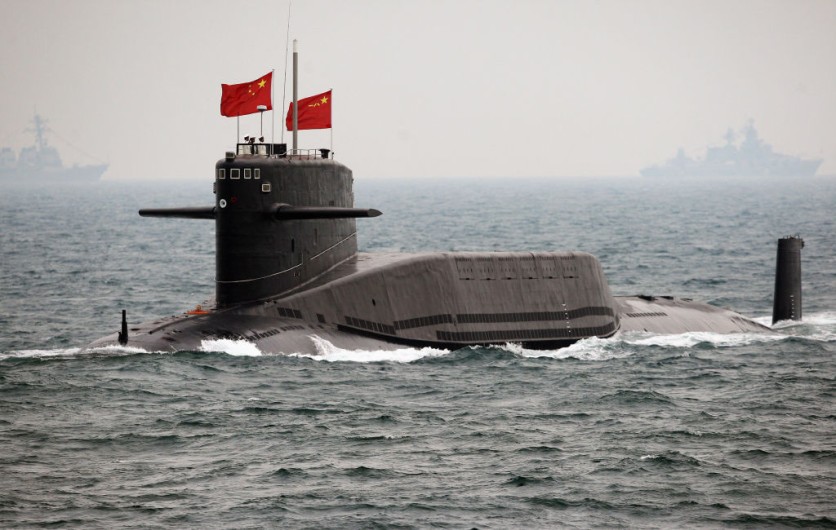A breakthrough in laser propeller efficiency by Chinese scientists could transform underwater watercraft propulsion.
SCMP reported that the experts have improved laser propeller efficiency, which might drive underwater vehicles at unprecedented speeds. In "underwater fiber laser-induced plasma detonation wave propulsion," laser pulses emitted via the submarine's optical fibers, thinner than a human hair, generate roughly 70,000 newtons of thrust, similar to a commercial jet engine.
Laser pulses provide propulsion and cause "supercavitation," which vaporizes saltwater and creates undersea bubbles. This method greatly decreases water resistance and might allow submarines to travel faster than sound without creating mechanical noise vibrations that indicate their position.
Project leader Ge Yang, an assistant professor at Harbin Engineering University, advances the People's Liberation Army Navy's armament and equipment technology. However, US sanctions and blockades have targeted the northeastern Chinese institution.
Two decades after Japanese scientists introduced the idea, it has garnered global attention and research funding, notably in China. Ge's team solved energy loss and propulsion direction control problems by improving laser-to-thrust conversion efficiency by many orders of magnitude.
The technique has great potential for military applications, including stealth propulsion for nuclear submarines, but many obstacles remain. Optical fiber heat dissipation, endurance in high-power and high-salinity settings, and underwater steering and control system adaptation are these problems.
Despite these challenges, underwater laser propulsion corresponds with the worldwide movement toward pure electric propulsion and may improve military and civilian marine operations, including "green shipping" goals.
Xi Jinping Speeding Up Chinese Army Modernization
The news comes after China established a new information warfare department under the Central Military Commission, its highest military authority, in its largest military restructure in eight years, per The Financial Times.
A ceremony in Beijing on Friday revealed the Information Support Force, which alters the country's military command structure. At the ceremony, Chinese leader Xi Jinping stressed the force's responsibility for speeding military modernization and fulfilling the armed forces' current mandate.
The Central Military Commission will oversee the Information Support Force, which was part of the Strategic Support Force (SSF) eight years ago. This increases Xi's military power by consolidating information warfare under his control.

A Chinese Navy submarine attends an international fleet review to celebrate the 60th anniversary of the founding of the People's Liberation Army Navy on April 23, 2009 off Qingdao in Shandong Province.
US Develops 'Invisible' Submarine
Recently, the US Navy highlighted the Virginia-class submarine USS Montana (SSN-794) which features a magnetohydrodynamic drive, a revolutionary Navy innovation. This technical advancement has the potential to revolutionize naval warfare by improving US submarine stealth.
The magnetohydrodynamic drive, developed under DARPA's PUMP program, accelerates water without mechanical components using superconducting magnets. This quiet propulsion technology, like a caterpillar, will make submarines invisible with passive sonar, giving stealth operations an advantage.
Sea trials in the Penobscot River in Maine will determine if new Virginia-class attack submarines and future SSN-X versions can use MHD propulsion. Since Columbia-class ballistic missile submarines (SSBN) are primarily used for nuclear deterrence, stealth capabilities are unlikely to be developed.
By deploying the USS Montana with its sophisticated propulsion system, the US Navy demonstrated its commitment to underwater warfare dominance.

ⓒ 2026 TECHTIMES.com All rights reserved. Do not reproduce without permission.




